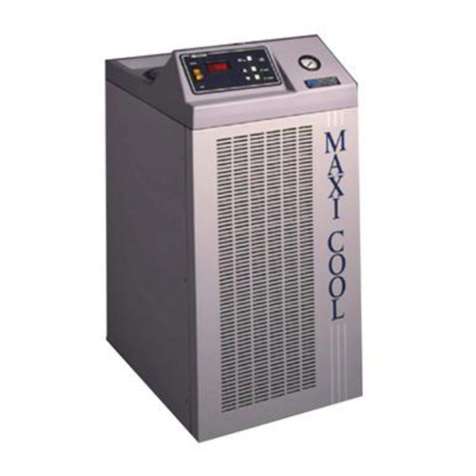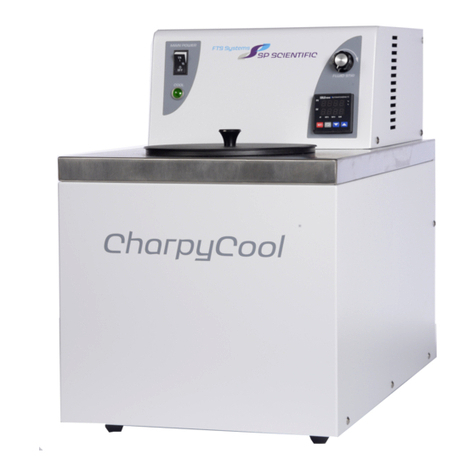
© SP Industries, Inc. MNL-008-A Rev. 009
iii
Contents
Contents........................................................................................................................................ iii
Important Symbols........................................................................................................................ 4
Foreword ........................................................................................................................................ 5
Safety Precautions...................................................................................................................................... 5
Inspection ................................................................................................................................................... 6
Introduction.................................................................................................................................... 7
Model Number Identification .................................................................................................................... 7
Installation...................................................................................................................................... 8
Physical Location..................................................................................................................................... 8
Ambient Air Requirements ....................................................................................................................... 8
Selecting a Process Fluid ........................................................................................................................... 9
Process Fluid Properties.........................................................................................................................10
Electrical Requirements.............................................................................................................................11
High pressure Bypass Hook-Up (Accessory).............................................................................................12
Connect to the Process .............................................................................................................................13
Operation...................................................................................................................................... 14
User Menu .................................................................................................................................... 16
User Menu Layout .....................................................................................................................................17
Proportional Control Menu.........................................................................................................................18
Span Menu ................................................................................................................................................19
Miscellaneous Menu ..................................................................................................................................20
Communications Menu ..............................................................................................................................21
High Fluid Temperature .............................................................................................................................22
Low Fluid Temperature..............................................................................................................................23
PID Tuning.................................................................................................................................................24
IT and DT...................................................................................................................................................25
CCT ...........................................................................................................................................................25
CPB ...........................................................................................................................................................26
HPB, CPB, AND DB ..................................................................................................................................27
RS-232 Communications Programmer's Reference ................................................................ 28
Maintenance................................................................................................................................. 42
Troubleshooting .......................................................................................................................... 47
Service.......................................................................................................................................... 50
FTS Warranties and Service Agreements .................................................................................................50
Standard Warranty.....................................................................................................................................51
Service Options .........................................................................................................................................52
Extended Warranty: ................................................................................................................................52
Preventative Maintenance: .....................................................................................................................52
Service Contract: ....................................................................................................................................52
Return of FTS Equipment ..........................................................................................................................53





























